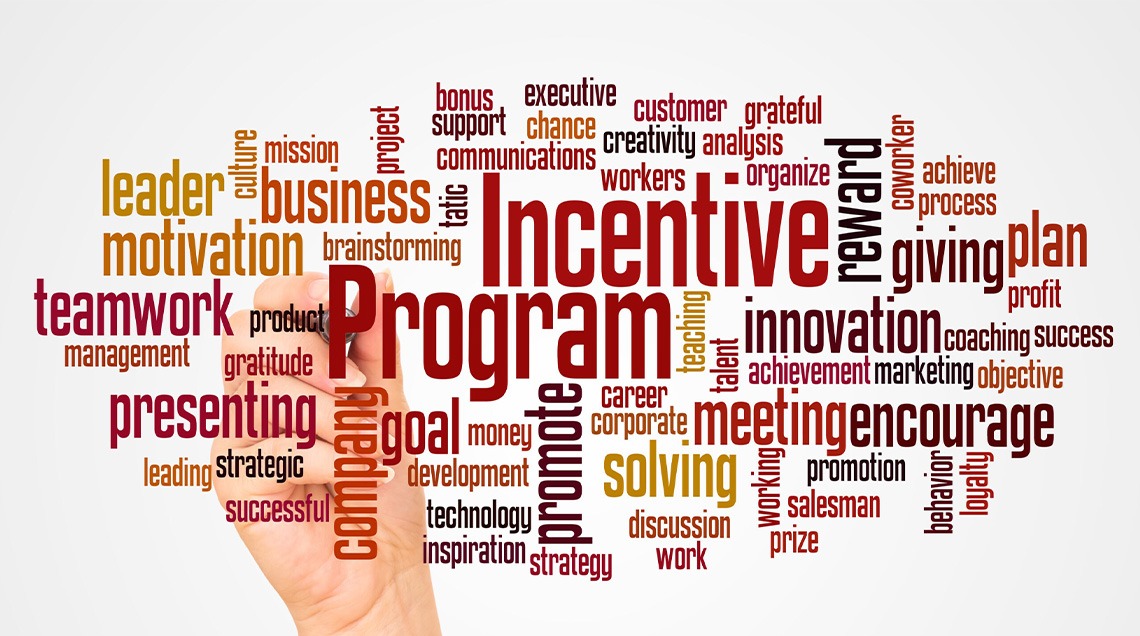SITE CEO Annette Gregg analyzes incentive travel for 2023 and predicts trends for 2024
Annette Gregg, CEO of Society of Incentive Travel Excellence (SITE), was the speaker at this December’s Smart Meetings’ Smart Chat Live! webinar, “Incentive Meeting Trends from SITE 2023,” focusing on incentive travel in 2023 and predictions for 2024. Gregg gave insight into the post-Covid incentive travel strategies, citing and analyzing the 2023 Incentive Travel Index survey results published by the Incentive Research Foundation (IRF).
Understanding the trends of the year behind us and preparing for the year ahead with educated predictions from an industry expert such as Gregg can guide meeting professionals on how to plan and execute memorable incentives, keep their finger on the pulse of the industry and prepare for the unexpected. The link to the webinar and the Incentive Travel Index are below with a synopsis of some of the key points discussed by Gregg.
View Incentive Lessons from SITE Webinar here
Read Incentive Travel Index Survey Results 2023 here
Hard Power vs. Soft Power
The motivation behind investing in incentive programs was analyzed in terms of the difference between “hard power” and “soft power” business strategy. Gregg explained the definitions and the differences—hard power refers to the tangible financial benefits and promoting company policy that can increase by “dangling the carrot” of desirable incentive rewards, while “soft power” is a more humanitarian approach to incentives. “Soft power” motivated incentive programs focus on the benefit in more abstract ways such as creating a positive company culture and developing stronger interpersonal relationships to encourage teamwork.
When asked which of these “powers” was a greater motivator for the surveyed industries (automotive, direct sales, finance and insurance, manufacturing, pharmaceuticals and health care, and technology), every industry showed soft power as being the more dominant motivation. A noteworthy 70% of the survey participants from the technology industry and automotive industry cited soft power as the benefits of incentive travel. Understanding the motivations behind incentive programs is essential for planners to create an individualized experience to meet the client’s needs.
Budget Predictions

Gregg says budgets are expected to be significantly higher in 2024, yet this might be a result of companies investing more in incentive travel. “They are seeing it as a positive recognition tool and a powerful business driver,” says Gregg.
However, the survey also revealed the participant’s concern regarding “channel relationships” or a company’s “supply chain” in a post-pandemic industry. “A lot of our buyers are concerned about the relationships right now,” says Gregg, “and their ability to get these programs done effectively, efficiently and within budget.” Gregg surmises this hesitancy is a result of the pandemic causing huge turnover rates and a new workforce with less expertise.
Read More: Smart Chat: Annette Gregg on Incentive Travel and Leadership
Expanding Horizons
As the incentive travel began to recover after Covid created a new reality for the industry, planners were playing it relatively safe when it came to picking destinations and activities. However, two years out of what is considered the start of the “recovery period,” incentive planners and travelers are choosing more ambitious and creative itineraries now travel has become more treasured than ever. As Gregg told webinar attendees, “Nothing replaces travel.”
“What we’re seeing is that two years post-recovery, we’re getting braver,” says Gregg. “Our future bookings over the next three years are people getting experimental—they’re trying new destinations.”
The Incentive Travel Index supported Gregg’s analysis. 71% of the respondents reported their incentive programs were increasing their partnerships with destinations never used before, while 53% reported increasing their partnerships with all-inclusive resorts. The lowest increasing interest for incentive travel was for cruise ships and urban destinations.
The Generation Situation
Another factor affecting the emerging trends in incentive travel is the multi-generational demographic of incentive travelers and the differing expectations and interests they may have. While hesitant about generalizing the values of an entire age range, Gregg does agree it is something to consider.
“There’s a controversy of…can you really generalize by demographic or shouldn’t we go with value graphics and what people value? But, you know, you have to start somewhere,” says Gregg.
Yet when analyzing the results of the Incentive Travel Index that includes both the younger generations of professionals but also includes all other age ranges, Gregg is sure about what thing.
“Here’s what we know to be true,” says Gregg. “Whether it is that (younger) specific generation or just today’s travel in general, they want authenticity and they want immersion. They want personalization.”
Gregg recommends planners work with Destination Management Companies (DMCs) to learn insider information on their destinations and gain access to unique experiences and activities. Gregg has done the research and encourages planners to take advantage of DMCs.
“The better (planners) can work with their DMCs to really unlock those unique assets of the destination—those things that have never been done before, even if it’s a little scary—these are things that are going to really make a lasting impression.”
Read More: Incentive Travel: A New Generation




